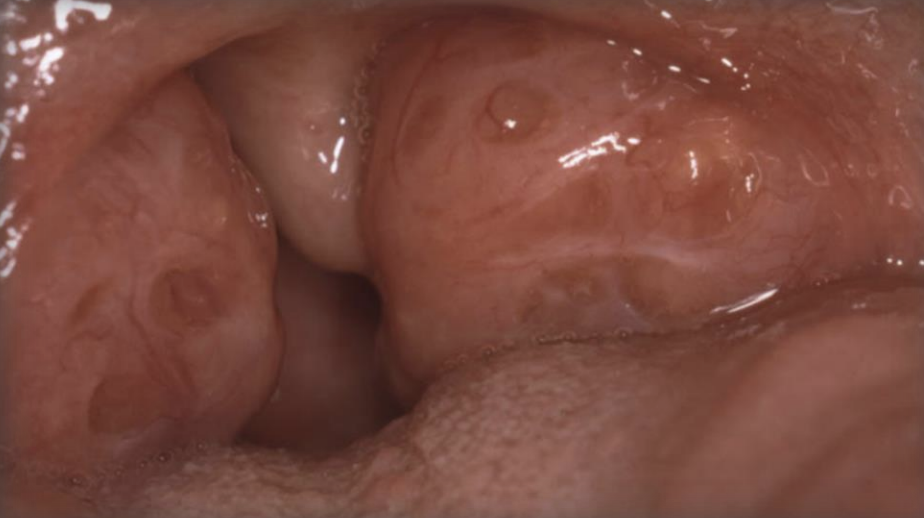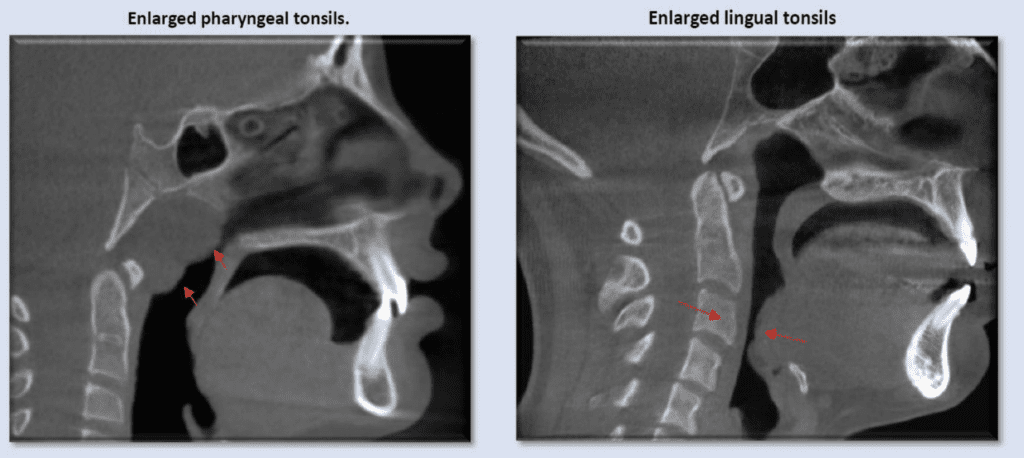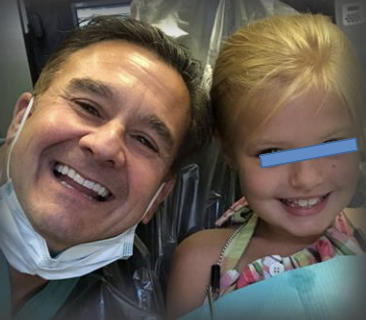By: Jeffrey W. Horowitz, DMD, FAGD, D-ABDSM, D-ASBA
Chronically enlarged tonsils are a common condition, more likely to happen in children.
Chronically enlarged tonsils are associated with:
- Frequent sore throat, ear, and throat infection.
- Enlarged adenoids, and poor nasal breathing.
- Poor nasal breathing leads to mouth breathing.
- Mouth breathing changes tongue posture.
- Poor tongue posture leads to poor maxillary arch growth.
- Poor maxillary arch growth leads to smaller nasal volume.
- Smaller nasal volume leads to obligatory mouth breathing.
- Obligatory mouth breathing leads to dentofacial discrepancies and malocclusion.
- Common dental findings include the “3 C’s”, Constriction, Crossbites, and Crowding.
- Mouth breathing (unfiltered dry air) can cause further inflammation of tonsillar and pharyngeal tissues.
- Chronically inflamed pharyngeal tissues can lead to snoring and reduced O2 levels!
- Even small O2 changes can alter sleep patterns and quality in children.
- Poor sleep in children is associated with behavioral, emotional & growth deficiencies.
Chronically Enlarged Tonsils: Case Study
Let’s look over a case study from a patient I had with chronically enlarged tonsils to help you in your diagnosis and treatment with future patients.
Patient Information:
- 8 year old white female presents for an initial orthodontic evaluation
- Mom states she has been bullied for “buck teeth” and wants to correct them.
- Medical history positive for poor sleep, occasional snoring, mouth breathing, frequent sore throat.
- The pediatrician noted chronically enlarged tonsils but suggested no treatment necessary.
- Dental/Perio Exam negative for pathology.
- Archform is narrow with high palatal vault.
- Skeletal Class II with anterior open bite and poor lip posturing.
- Narrow nares, dark circles under eyes.
- Soft tissue exam positive for oro-pharyngeal inflammation/edema.
- Grade 3 Tonsilar hypertrophy.
- Low attachment of maxillary labial frenulum.

The patient’s tonsils and adenoids can also be seen on CBCT:

How To Treat the Patient with Chronically Enlarged Tonsils?
Now that we have more knowledge behind us about our patient and their needs and concerns, what are our best treatment options?

Treatment Options
- Tonsillectomy/Adenoidectomy followed by Myofuncional Therapy
- Myofunctional Therapy alone
- Orthodontic Arch Expansion followed by Myofunctional Therapy
- T & A with Arch Expansion and Myofunctional Therapy
Note: All Options Include Myofunctional Therapy!
Treatment Choice and Results after 4 Months
For our patient, we chose Phase 1 Aligner Therapy with Mandibular Advancement (M.A.) to be followed by Myofunctional Therapy and Frenulectomy. Check out the growth and development after less than 4 months!

In Summary
Recognition of the Chronically Enlarged Tonsils along with a detailed history allowed us to find and address the medical condition behind the aesthetic concern.
As a result, we found an outcome that led to:
- A Confident Young Lady
- Better School Performance
- Better Behavior
- Improved Growth and Health
- A mom who can’t believe the dentist can have this kind of impact, will NEVER leave my practice and tell EVERYONE!

Up Next: How to Run a Successful Dental Practice
Photo by Markus Winkler


